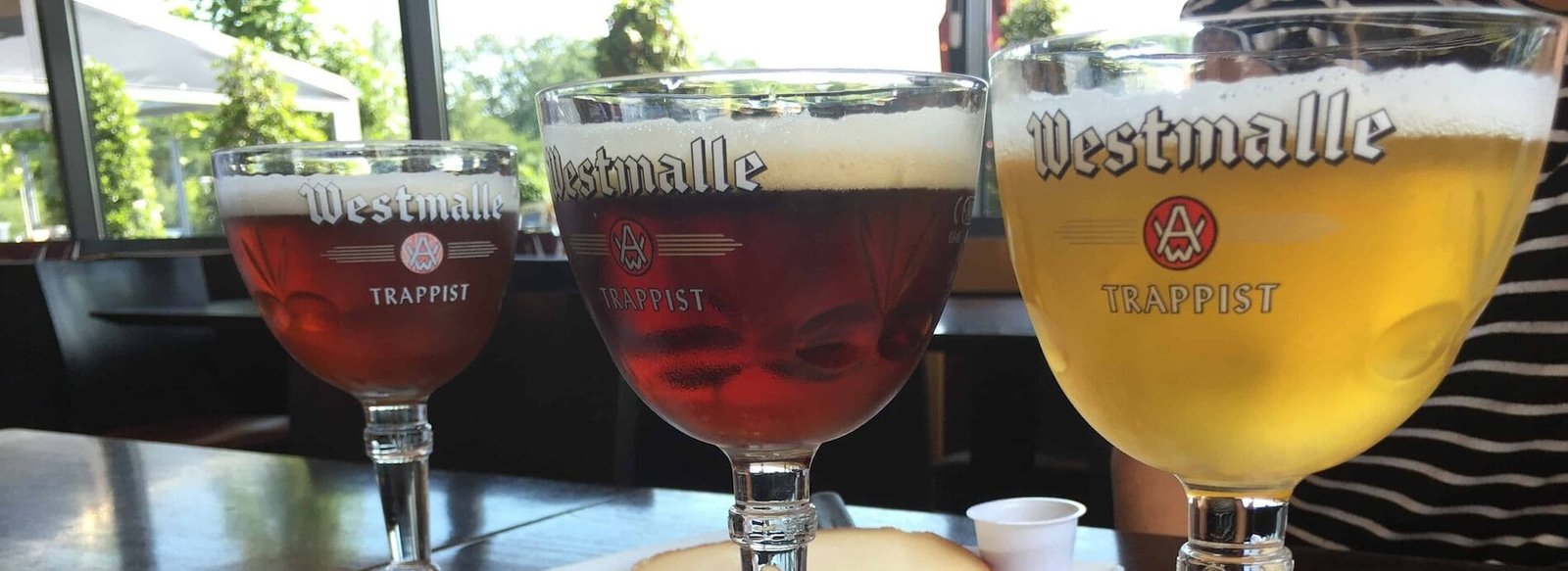Brewing Belgian ales at home can be a rewarding and enjoyable hobby. The rich flavors and complex aromas of these beers are a result of unique yeast strains, specific brewing techniques, and carefully chosen ingredients. If you’re looking to embark on this brewing adventure, having the right equipment is crucial. This article will guide you through the essential tools and gear needed to create your own Belgian ales, ensuring a successful brewing experience.
1. Brewing Kettle
The brewing kettle is the heart of your operation. For Belgian ales, a kettle with a capacity of at least 5 gallons is recommended, as this will allow for sufficient wort production. Stainless steel is the preferred material due to its durability and ease of cleaning. Look for a kettle with a lid to help maintain temperature during the boil and minimize evaporation. Additionally, a kettle with a spigot can simplify the process of transferring wort to the fermentation vessel.
2. Fermentation Vessel
After boiling your wort, it needs to ferment. A fermentation vessel is where this crucial process takes place. For homebrewing, glass carboys or food-grade plastic fermenters are popular choices. Glass carboys allow you to monitor fermentation visually, while plastic fermenters are lighter and less prone to breakage. Regardless of your choice, ensure that the vessel has an airlock to allow gases to escape while preventing contaminants from entering.
3. Airlock and Stopper
The airlock is a small but vital component of the fermentation process. It allows carbon dioxide produced by yeast to escape while preventing outside air from entering the fermentation vessel. This is essential for maintaining the right environment for your yeast. Make sure to have a rubber stopper that fits snugly in the neck of your fermentation vessel to hold the airlock in place.
4. Thermometer
Temperature control is critical in brewing, especially for Belgian ales, which often require specific fermentation temperatures to develop their characteristic flavors. A digital thermometer with a quick response time is ideal for monitoring the temperature of your wort during boiling and fermentation. You may also want to consider a thermometer that can be attached to the fermentation vessel to keep an eye on the temperature without opening it.
5. Hydrometer
A hydrometer is an essential tool for measuring the specific gravity of your wort before and after fermentation. This measurement helps you determine the alcohol content of your beer and assess fermentation progress. By taking readings at different stages, you can ensure that fermentation is proceeding as expected. A refractometer is another option, which can provide similar information with a smaller sample size.
6. Bottling Equipment
Once fermentation is complete, it’s time to package your Belgian ale. Proper bottling equipment is crucial for ensuring that your beer is carbonated and free from contamination. Here’s what you’ll need:
– Bottles: Choose bottles that are designed for beer, such as standard 12-ounce or 22-ounce bottles. Dark glass is preferred to protect your beer from light exposure, which can cause off-flavors.
– Bottle Caps and Capper: Invest in a capper that can securely seal your bottles. You can choose between handheld or bench-style cappers, depending on your preference and budget.
– Bottle Brush: A bottle brush is essential for cleaning your bottles before filling them. Proper sanitation is key to preventing spoilage and off-flavors in your finished product.
– Priming Sugar: If you’re bottling your beer, you’ll need to add priming sugar to carbonate it. This sugar ferments in the sealed bottles, producing carbon dioxide that creates the desired fizziness.
7. Sanitization Supplies
Sanitation is paramount in brewing. Any equipment that comes into contact with your wort or finished beer must be thoroughly sanitized to prevent unwanted bacteria or wild yeast from spoiling your brew. Here are some sanitization supplies you should have:
– Sanitizing Solution: Choose a no-rinse sanitizer, such as Star San or Iodophor, which can effectively kill bacteria and yeast without requiring rinsing.
– Spray Bottle: A spray bottle filled with your sanitizing solution allows for easy application to your equipment, ensuring that everything is sanitized before use.
– Cleaning Brushes: Invest in brushes for cleaning your fermentation vessel, kettle, and other equipment. Keeping everything clean is the first step to successful brewing.
8. Brew Paddle
A brew paddle is a simple yet effective tool for stirring your wort during the brewing process. It helps to mix ingredients thoroughly and ensures even heat distribution during the boil. A long, sturdy paddle made of food-safe material is ideal for this purpose. Alternatively, you can use a large spoon, but a paddle is often more effective for larger batches.
9. Chiller
Cooling your wort quickly after boiling is essential to prevent contamination and to help achieve the desired fermentation temperature. A wort chiller is an efficient way to accomplish this. There are two main types:
– Immersion Chiller: This consists of a coil of copper or stainless steel tubing that is submerged in the hot wort. Cold water is run through the coil, rapidly cooling the wort.
– Counterflow Chiller: This type uses two hoses, one carrying hot wort and the other carrying cold water. The two fluids flow in opposite directions, allowing for efficient heat exchange.
Both types of chillers are effective, but immersion chillers are generally easier to set up for homebrewers.
10. Ingredients
While not equipment per se, having the right ingredients is essential for brewing Belgian ales. Belgian beers often feature unique yeast strains that contribute to their signature flavors. Here are some key ingredients to consider:
– Malt: Belgian malts, such as Pilsner, Munich, and Special B, are commonly used to create the base of your beer. Each malt imparts different flavors and colors to your brew.
– Hops: Belgian ales typically use noble hops, which provide a mild bitterness and subtle floral or spicy notes. Saaz, Hallertau, and Styrian Goldings are popular choices.
– Yeast: The yeast strain is perhaps the most critical component in brewing Belgian ales. Belgian yeast is known for its ability to produce fruity and spicy flavors. Look for strains like Wyeast 1214 (Belgian Ale) or White Labs WLP500 (Trappist Ale) for authentic results.
– Adjuncts: Depending on the style of Belgian ale you’re brewing, you may want to consider adding adjuncts like candi sugar, spices, or fruit to enhance the flavor profile.
The Essential Equipment for Brewing Belgian Ales at Home
Brewing Belgian ales at home is an exciting journey that requires the right equipment and ingredients. From the brewing kettle to the fermentation vessel, each piece of equipment plays a vital role in the process. By investing in quality tools and maintaining proper sanitation, you can create delicious and authentic Belgian ales that you and your friends will enjoy. As you gain experience, you may find yourself experimenting with different styles, flavors, and techniques, further enhancing your brewing skills. So gather your equipment, choose a recipe, and start brewing your own Belgian ale today!

